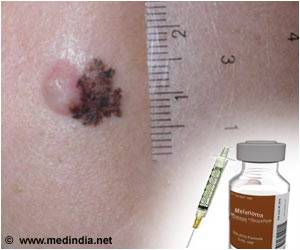A research team from Biogen Inc. led by Ajay Verma uses sophisticated imaging techniques to provide new insights into intrathecal drug delivery.
Due to the blood brain barrier, a highly selective membrane that protects the brain from bacterial infection and other substances, the central nervous system is inaccessible for many types of therapeutics.
An alternative approach is to bypass the blood brain barrier and directly inject drugs into the intrathecal space of the spinal canal, allowing the therapeutic compound to reach the cerebrospinal fluid. Efforts to date with this approach have been limited due to patient variability and uncertainty about how drug distribution is affected by cerebral spinal fluid movement.
TOP INSIGHT
High-resolution single photon emission tomography with X-ray computed tomography (SPECT-CT) was used to visualize molecular tracers in live rats after intrathecal injection.
In this month's issue of
JCI Insight, a research team from Biogen Inc. led by Ajay Verma uses sophisticated imaging techniques to provide new insights into intrathecal drug delivery. The researchers used high-resolution single photon emission tomography with X-ray computed tomography (SPECT-CT) to visualize molecular tracers in live rats after intrathecal injection.
This approach revealed that cerebrospinal fluid dynamics as well as the location and volume of the injection determine exposure within the central nervous system. Notably, their technique can be applied to other compounds and used in other species to optimize intrathecal drug delivery, which may help expand therapeutic options.
Source-Eurekalert

 MEDINDIA
MEDINDIA



 Email
Email









